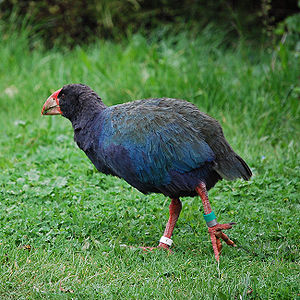Date: August 27, 2015
Source: The University of Montana
Summary: A professor who studies birds around the world has discovered trends in how the offspring grow, how parents care for the young and how well the young survive based on where they live.
A University of Montana professor who studies birds around the world has discovered trends in how the offspring grow, how parents care for the young and how well the young survive based on where they live. Now, his songbird research is hitting the right notes with the journal Science.
Thomas Martin, assistant leader of the U.S. Geological Survey Montana Cooperative Fish and Wildlife Research Unit at UM, set out to explain why tropical birds tend to have fewer offspring that seem to grow slower and live longer, slower lives than their northern counterparts. He found tropical songbirds grow their wings faster, aided by higher parental feeding rates for fewer offspring than temperate species. Those differences, Martin said, ultimately translate to how well the offspring escape predators both in the nest and after they leave it.
Martin's article, "Age-Related Mortality Explains Life History Strategies of Tropical and Temperate Songbirds," will be published Aug. 28 in the journal Science.














